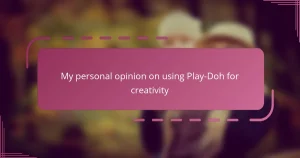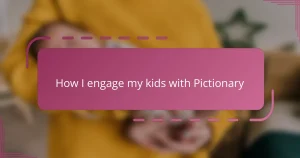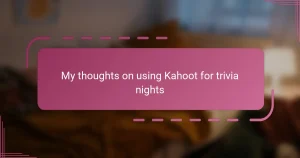Key takeaways
- DIY obstacle courses foster creativity, problem-solving skills, and physical health while providing a fun environment for kids.
- Safety is paramount; secure equipment, use padding, and maintain active supervision to ensure a safe play area.
- Involve kids in the setup process and incorporate imaginative play to enhance engagement and excitement during the activities.
- Adapt the layout and challenges based on the children’s ages and abilities to ensure all participants feel appropriately challenged.
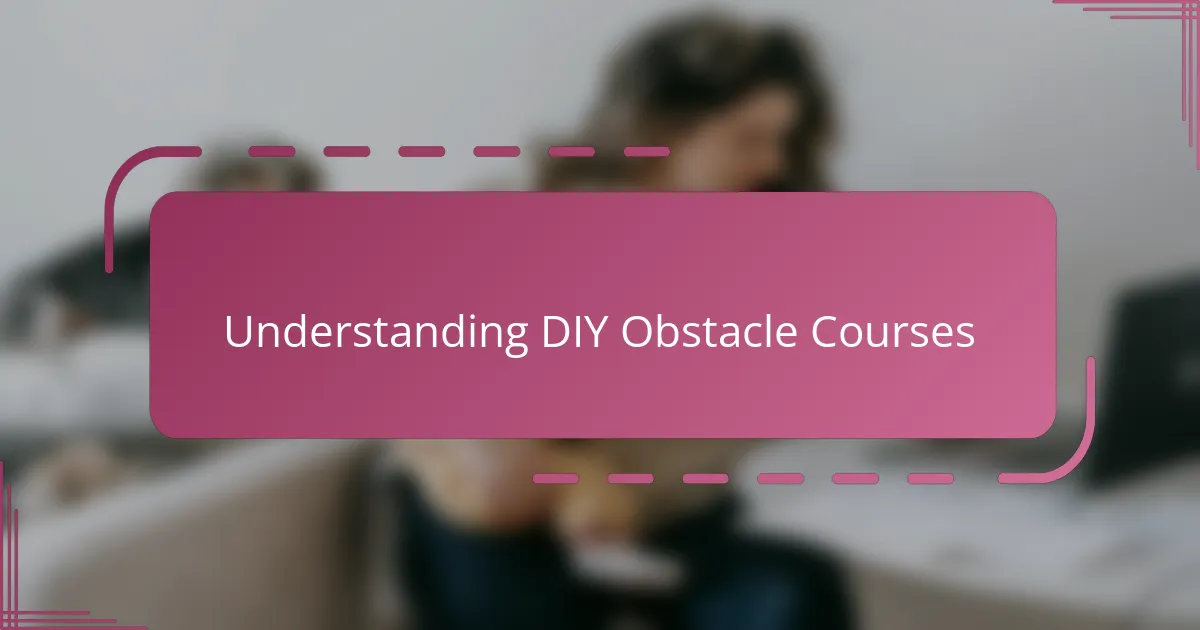
Understanding DIY Obstacle Courses
Understanding DIY obstacle courses starts with knowing they’re more than just a series of physical challenges. From my experience, they’re imaginative playgrounds that spark creativity, problem-solving, and active fun right in your backyard or living room. Have you ever watched a child’s face light up as they navigate a homemade tunnel or leap between cushions? That joy is the real magic behind these courses.
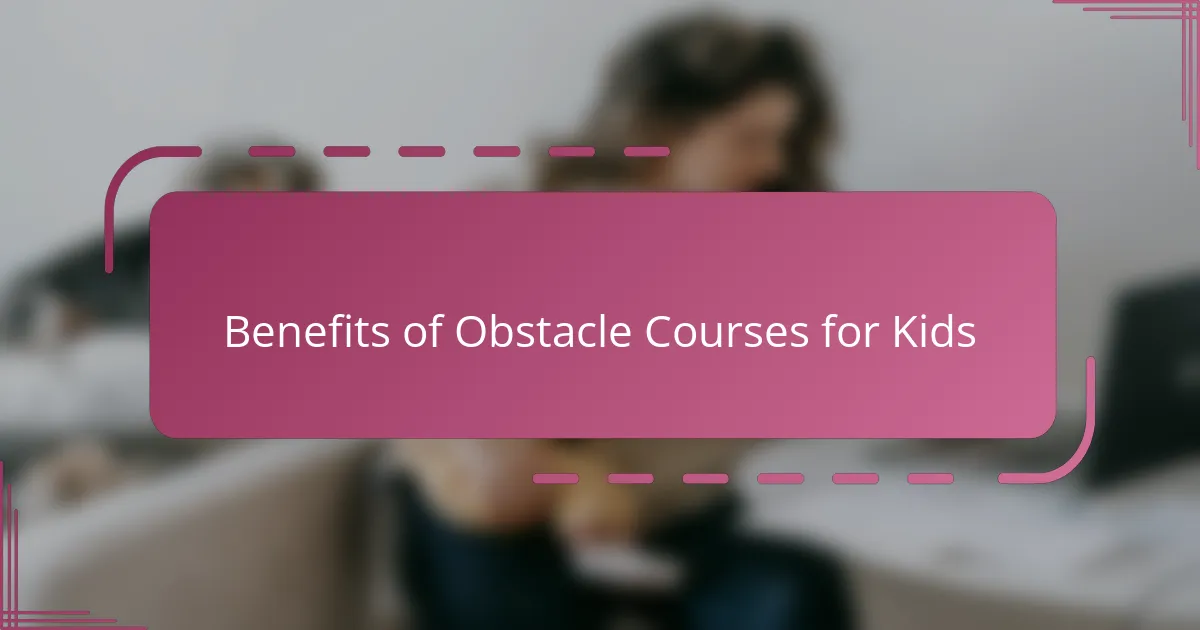
Benefits of Obstacle Courses for Kids
Obstacle courses do more than tire kids out—they build confidence. I’ve seen shy children transform as they conquer each challenge, their faces glowing with pride. Isn’t it amazing how something as simple as jumping over a pillow can turn into a powerful lesson in bravery?
Beyond confidence, obstacle courses sharpen problem-solving skills. When my kids figure out how to balance on a homemade beam or crawl through a tunnel, they’re learning to think creatively and adapt quickly. Watching them strategize on the go always reminds me that these courses are little classrooms for real-life skills.
And let’s not forget how obstacle courses boost physical health in a way that feels like play, not exercise. My children stay active for hours without complaining because they’re having fun. Have you noticed how movement combined with fun becomes effortless and builds lifelong healthy habits?
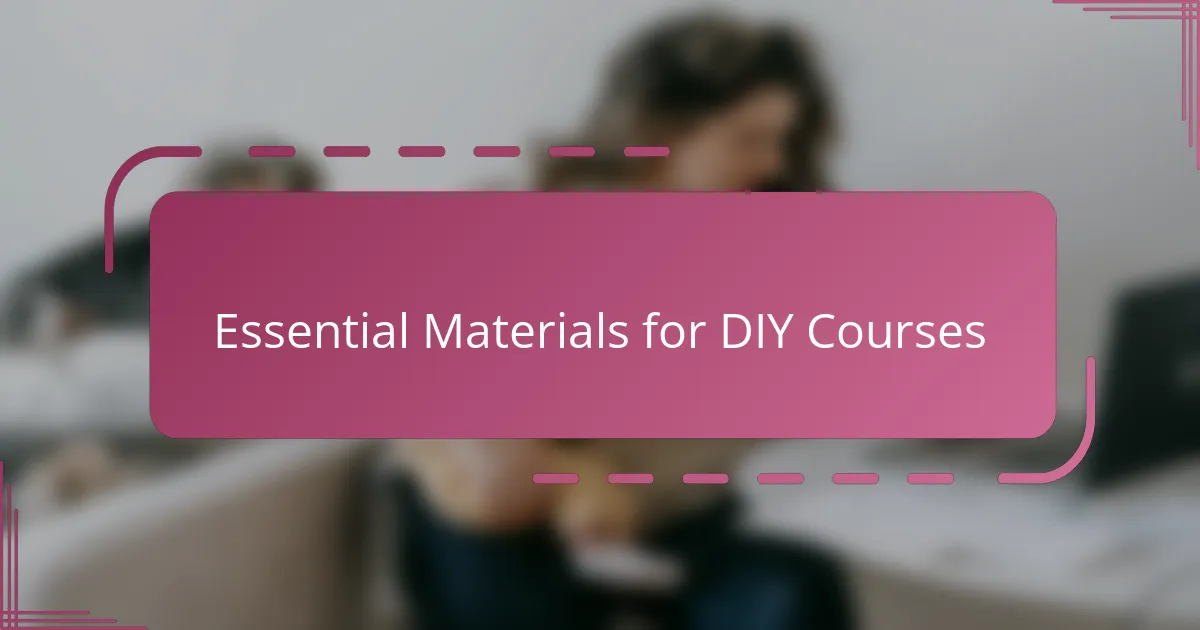
Essential Materials for DIY Courses
When I first started setting up DIY obstacle courses, I realized that having a handful of simple materials made all the difference. Things like hula hoops, cones, and jump ropes became my go-to items because they’re versatile and easy to arrange in countless ways. Have you ever noticed how these everyday objects suddenly transform into exciting challenges with a little imagination?
Another essential is something soft yet sturdy for climbing or crawling, like old pillows or foam mats. I’ve found that these not only ensure safety but also invite kids to test their limits without fear of getting hurt. After all, isn’t the fun in trying something new without worrying about a tumble?
Lastly, don’t underestimate the power of tape and markers to define boundaries or create paths. I used colorful masking tape to craft stepping stones or zigzag lines, and my kids loved following those visual cues. It’s surprising how such simple tools can make the course feel more official and engaging. Have you tried turning your living room floor into a vibrant obstacle course track with just tape? The kids’ excitement was contagious!
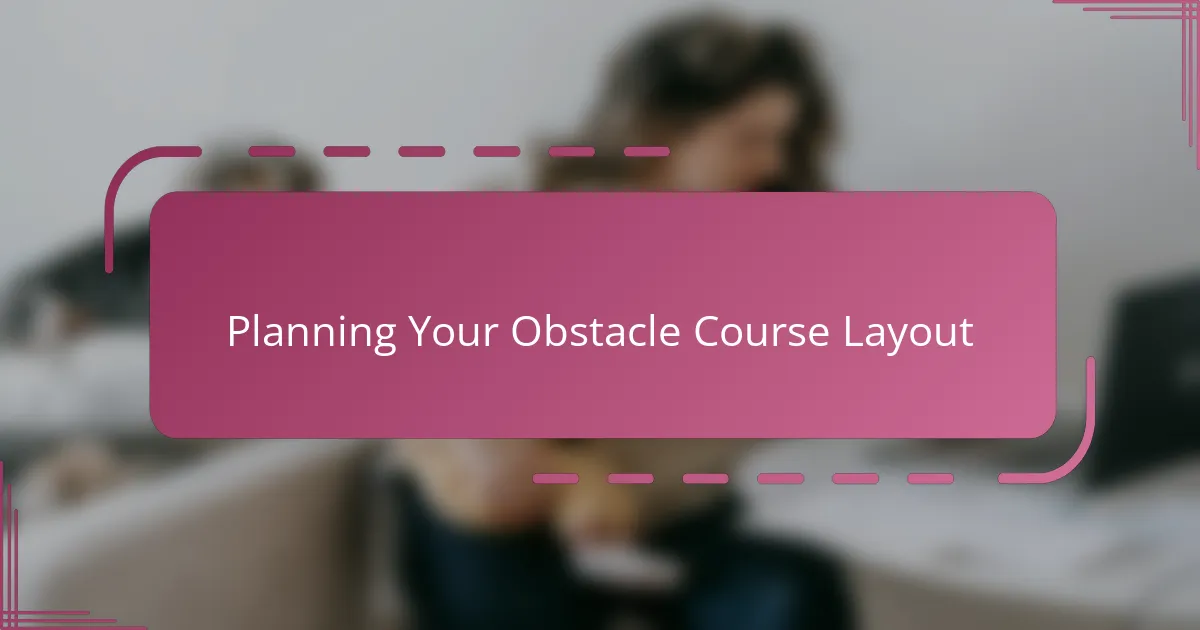
Planning Your Obstacle Course Layout
Designing the layout is where the magic begins. I usually start by imagining the flow—how one obstacle leads naturally into the next without causing frustration or downtime. Have you ever seen kids get stuck or bored because the course was confusing or too spread out? That’s exactly what I try to avoid.
Spacing is key, and I try to leave enough room for kids to move freely but not so much that the challenges lose their sense of urgency. For example, when I set up a balance beam next to a crawling tunnel, it creates a fun contrast that keeps their attention sharp. It’s amazing how a simple change in layout can keep kids engaged longer.
I also consider the age and abilities of the children playing. When I hosted a course for mixed ages, I realized adapting the layout with easier and harder sections worked best. This way, every child felt challenged but never overwhelmed. Doesn’t it feel rewarding watching kids push their limits safely while having a blast?
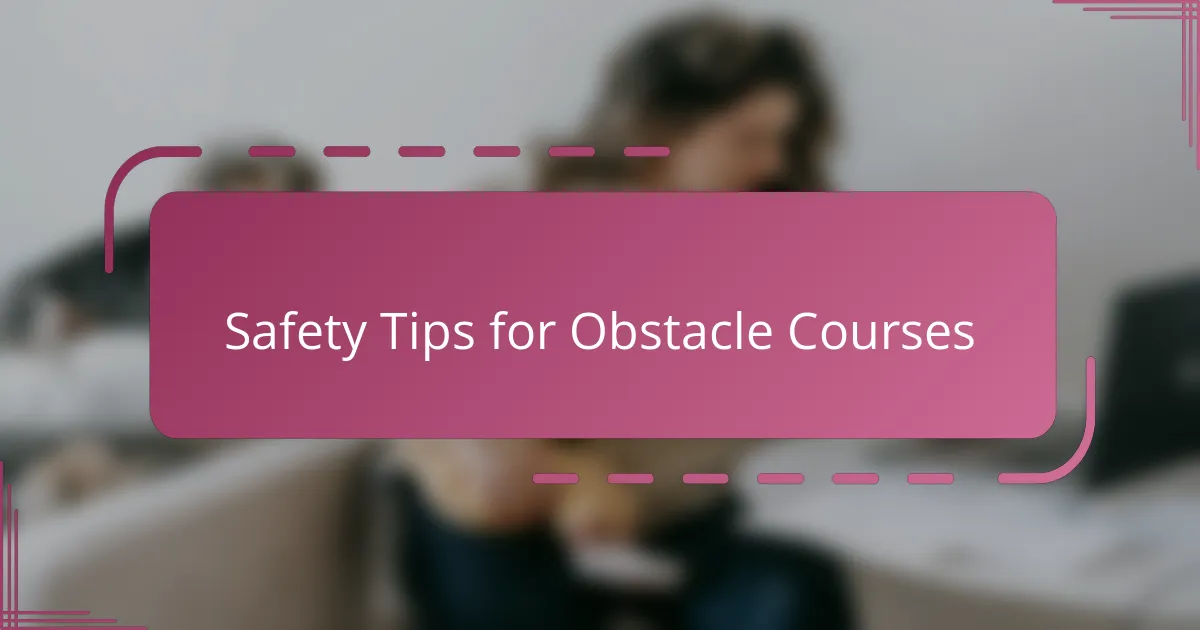
Safety Tips for Obstacle Courses
Safety always tops my list when setting up an obstacle course. I make sure every piece of equipment is secure—nothing wobbly or sharp that could cause injury. After all, would you want your child to worry about getting hurt instead of enjoying the fun? Checking the course thoroughly before playtime is a small step that pays off big.
Padding is another lifesaver in my experience. When I first used old pillows and foam mats under tricky spots, the kids felt braver to try new moves. Have you noticed how soft landings turn a tumble into a giggle rather than a tear? It’s amazing what a little cushioning can do for their confidence—and their safety.
Finally, I always keep a watchful eye during play, ready to step in if needed but also letting kids test their limits. It’s a balance between supervision and freedom, and I find that open communication helps—asking questions like, “Does this feel safe for you?” encourages them to be mindful too. Isn’t it great when safety and fun go hand in hand?
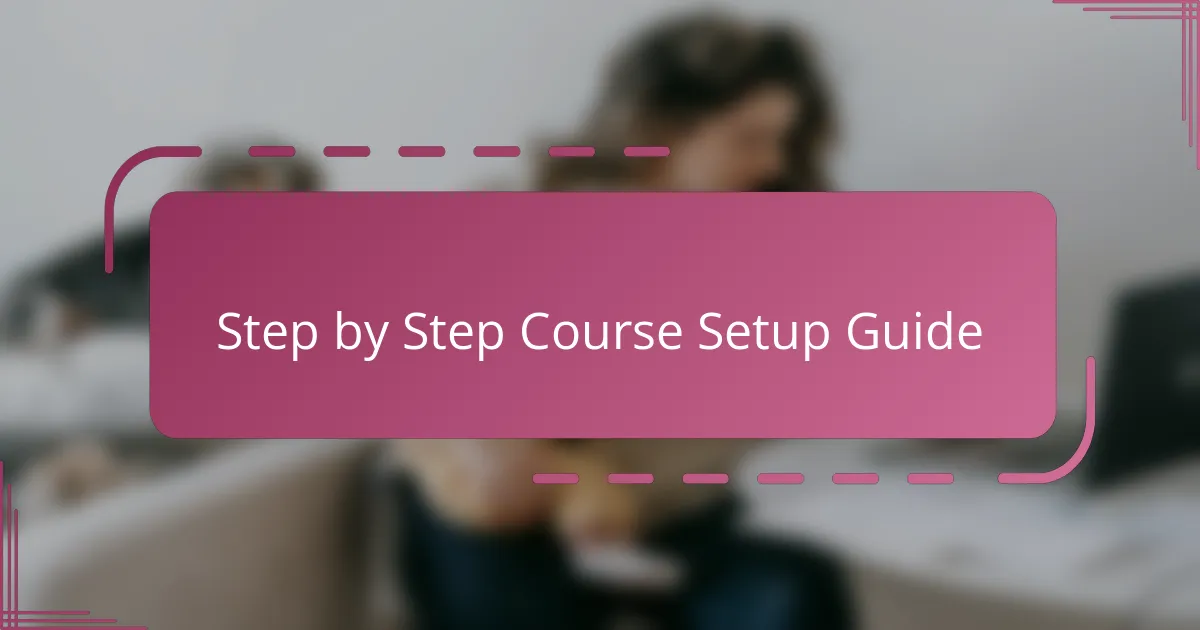
Step by Step Course Setup Guide
Setting up the course step by step really helps me stay organized and keeps the process fun rather than overwhelming. I usually start by laying out the largest obstacles first, like tunnels or balance beams, because they set the pace and tone of the course. Have you ever noticed how starting with big pieces makes everything else fall neatly into place?
Next, I add smaller challenges like hopscotch squares or rope jumps between the big obstacles. This part is where creativity shines; I like to mix up the order to keep kids guessing and excited. When I did this last time, my kids were giggling at how each new step brought a fresh surprise.
Finally, I walk the entire course myself to ensure the flow feels right and everything is safe. This quick trial run helps me spot any awkward spots or gaps. Doesn’t it feel rewarding to tweak a setup until it feels just right for the kids to explore confidently?
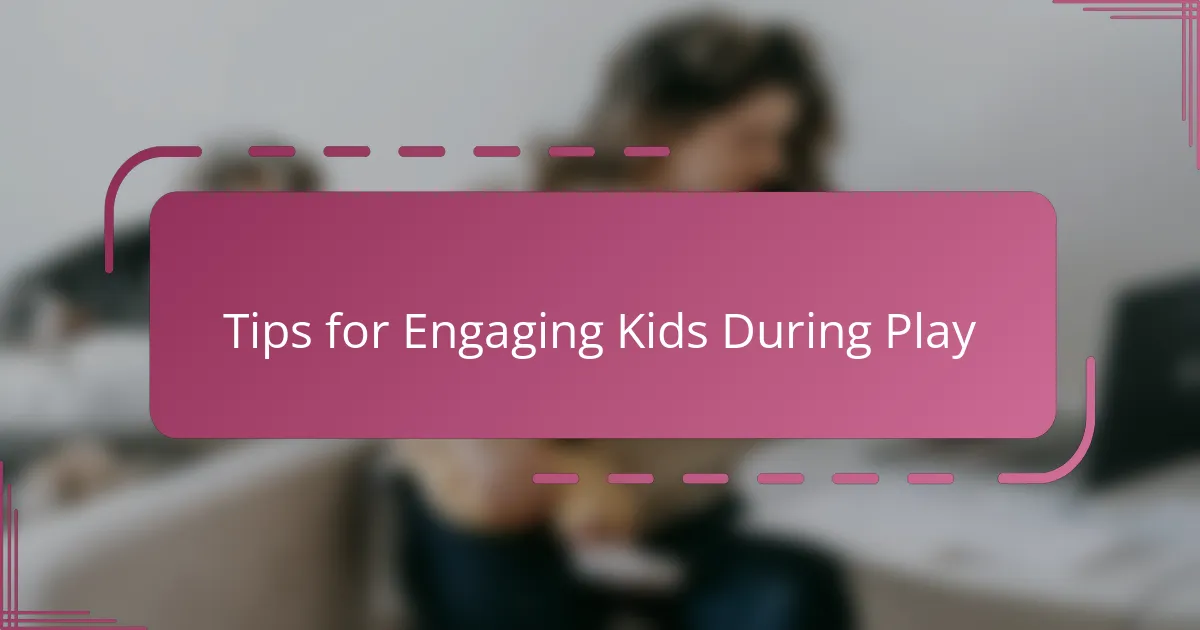
Tips for Engaging Kids During Play
Keeping kids engaged during play can sometimes feel like a juggling act, but I’ve found that involving them in setting up the course makes a huge difference. When my kids choose where to place obstacles or suggest new challenges, their excitement soars—they become little creators, not just participants. Have you tried turning setup time into a brainstorming session? It’s amazing how that ownership boosts their energy and focus.
Another trick I’ve learned is to mix physical tasks with imaginative stories. For example, I once told my kids they were explorers navigating a jungle-filled course. Suddenly, crawling under a table wasn’t just crawling; it was escaping quicksand! Layering play with storytelling taps into their creativity and keeps their minds as busy as their bodies.
Lastly, I pay attention to moments when their interest wanes and switch things up quickly. Whether it’s adding a timed challenge or introducing a new obstacle mid-play, small changes bring fresh excitement. Have you noticed how kids’ attention can flicker, yet a quick twist snaps them right back into the fun? That’s where responsiveness truly pays off.
